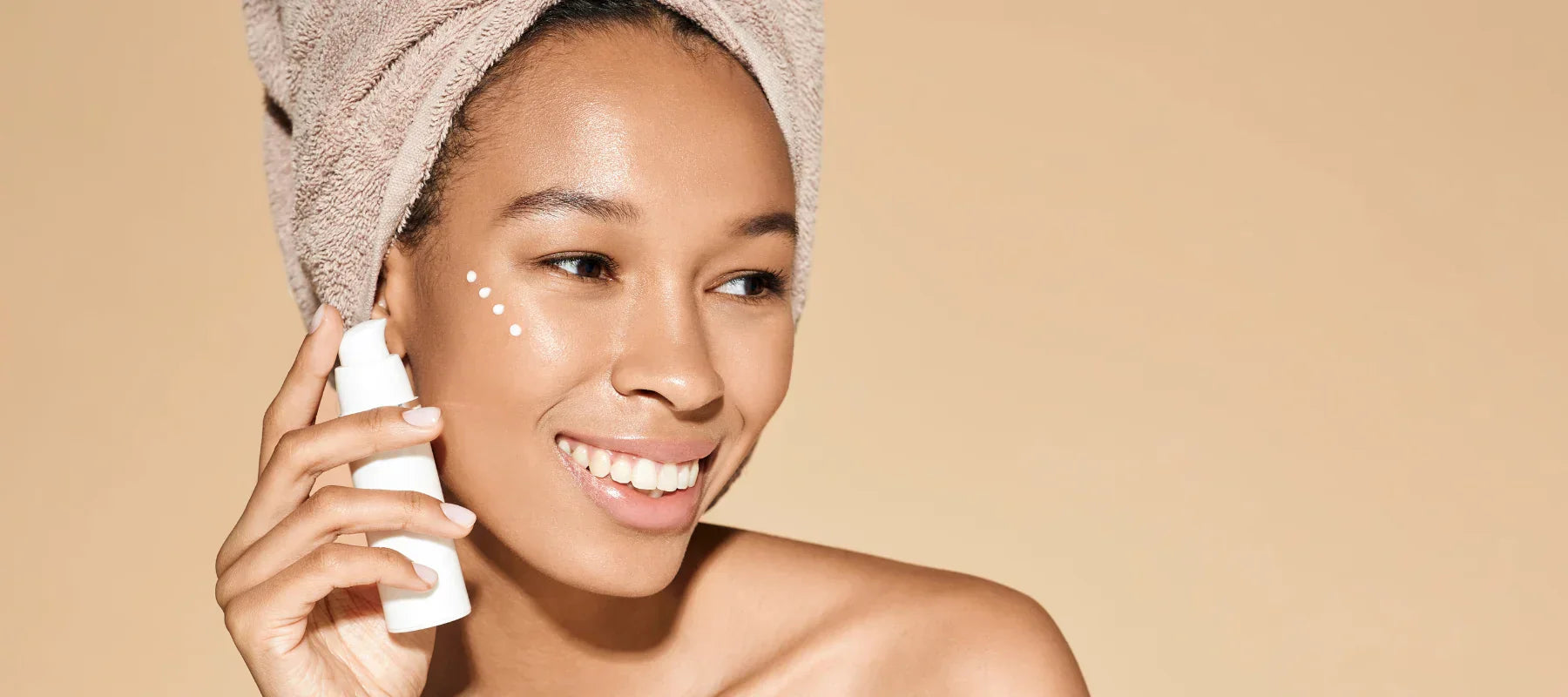
What Does a Moisturizer Do: Functions for Skin and Face
Moisturisers are widely regarded as an essential step in any skincare routine. But what does moisturizer do? They do so much more than just hydrate the skin. They act like a protective shield, guarding the skin against environmental stressors and keeping the skin healthy and hydrated. Whether your skin is oily, dry, combination, or sensitive, the right moisturiser is essential for a balanced complexion. This article explores the benefits of moisturisers, how they work on different skin types, potential side effects to watch out for, and the best way to apply them for maximum impact.
What does a moisturiser do?
A moisturiser replaces lost moisture by hydrating your skin while providing extra benefits like protection, nourishment, and balance. Knowing how a moisturiser works will help you select the right product for your skin's needs.
Hydrates the skin by locking in moisture
So, what do moisturisers do? Moisturisers contain humectants, such as hyaluronic acid and glycerin, that draw moisture from the environment into the skin. They also contain occlusive ingredients, such as shea butter and oils, that create a barrier that locks in moisture. This combo keeps our skin plump, soft , and hydrated all day.
Strengthens the skin barrier and prevents dryness
The skin barrier or stratum corneum protects against pollutants and irritants. A compromised barrier due to environmental factors (such as extreme weather) or harsh cleansing methods will yield dry, sensitive skin. What does moisturiser do to your skin barrier? Moisturisers strengthen the barrier, keeping skin from becoming dry and irritated.
Protects against environmental damage and irritants
What does moisturizer do for your skin? Moisturisers feature potent antioxidants to fight free radicals produced by UV rays and pollution. These ingredients counteract oxidative stress, which helps reduce premature ageing and inflammation.
Helps balance oil production for different skin types
Many believe that oily skin does not need to be moisturised. As a matter of fact, when skin is dehydrated, it sometimes over excretes oil, leading to breakouts. What does a moisturizer do to your face? Non-comedogenic, light-weight moisturisers retain moisture in the skin while controlling sebum production, thus keeping your skin barrier healthy and balanced.
What do moisturisers do for different skin types?
Different skin types require specific formulations to address their unique concerns. Choosing the right moisturiser can significantly enhance skin health and comfort.
For oily skin
People with oily skin often struggle with excess shine and breakouts. Using a thick, greasy moisturiser can exacerbate these issues, leading to clogged pores and acne. Instead, opt for lightweight, gel-based, or oil-free formulas that provide hydration without heaviness.
The hyaluronic acid moisturiser is great for oily skin. This fast-absorbing gel formula offers long-lasting hydration without making the skin feel greasy. It helps control oil production while ensuring the skin remains moisturised.
For dry skin
Dry skin is deficient in moisture and natural oils, often causing tightness, flakiness, and irritation. You should follow up with a rich, cream-based moisturiser that is packed with hydrating ingredients to recover moisture and maintain softness. Seek formulations that contain ceramides, hyaluronic acid, and shea butter.
For combination skin
Combination skin has both oily and dry zones, so you need a well-balanced moisturiser. You want a product that will hydrate dry patches without greasing the oily zones. The best type of moisturiser for combination skin is lightweight and hydrating, with non-comedogenic ingredients.
For sensitive skin
Sensitive skin is susceptible to redness, irritation, and allergic reactions. Choosing a moisturiser with fragrance-free, hypoallergenic, and soothing ingredients will also help prevent flare-ups and keep the complexion calm.
For sensitive skin, try the acne moisturiser. This formulation targets sensitive and acne-prone skin, offering moisture while lessening inflammation and promoting healing.
Side effects of using moisturiser on the face
Moisturisers are important for good skin health, but using the wrong product or using it incorrectly can create unwanted effects.
Overuse can lead to clogged pores and breakouts
Over moisturising the skin can block pores and cause acne. You should use a suitable amount. So, how much moisturiser to use on face? Generally, a pea-sized amount is enough for the face.
Heavy or wrong formulations may cause greasiness
Applying a moisturiser that is too heavy for your skin type may leave you looking overly shiny, or oily. This can leave skin feeling uncomfortable, and it can lead to increased oil–production.
Possible irritation or allergic reactions to certain ingredients
Some ingredients, like artificial fragrances, alcohol or, essential oils, can cause allergic reactions or irritation, especially for sensitive skin. If you are adding a new moisturiser in your routine, make sure to do a patch test.
How to apply moisturiser for best results?
Applying moisturiser correctly enhances its effectiveness, ensuring your skin reaps maximum benefits. Here's how to apply moisturiser the right way:
Apply on damp skin to lock in moisture
For optimum results, apply moisturiser while the skin remains slightly damp shortly after cleansing. This aids in trapping moisture so the skin stays hydrated for longer. Wondering whether to use serum or moisturiser first? Serum should be applied before moisturising.
Use gentle, upward strokes to massage into the skin
Rubbing or tugging on your skin can cause irritation and premature ageing. Instead, apply the moisturiser evenly in a gentle motion, in an upward direction. This technique also stimulates blood circulation for a natural glow on the face.
Apply twice daily-morning and night-for optimal hydration
Use a moisturiser in the morning and before bedtime for all-day hydration and protection. It helps set the stage for makeup during the day and helps repair and rejuvenate the skin at night.
Conclusion
Moisturisers are an essential component of skincare, offering hydration, protection, and balance for all skin types. Whether your skin is oily, dry, combination, or sensitive, choosing the right formulation can enhance its overall health and appearance. However, using moisturisers correctly-without over-applying or selecting unsuitable formulas-is key to avoiding breakouts or irritation. By incorporating a moisturiser into your daily routine, you can achieve soft, glowing, and well-nourished skin.
FAQs
1. Can I use a moisturiser every day?
Yes, moisturising daily is essential for maintaining healthy skin. What does face moisturiser do? It helps prevent dryness, strengthens the skin barrier, and keeps the complexion smooth and balanced.
2. Should I apply moisturiser before or after sunscreen?
A moisturiser should be applied before sunscreen. It creates a hydrated base, allowing the sunscreen to adhere properly and offer effective protection against UV damage.
3. What happens if I don't moisturise my skin?
Skipping moisturiser can lead to dryness, flakiness, and irritation. Over time, a lack of hydration can compromise the skin barrier, making it more susceptible to environmental damage and premature ageing.
4. Is it okay to use body lotion as a face moisturiser?
It is not advisable to use body lotion on the face, as body lotions often contain heavier ingredients and fragrances that may clog pores and cause breakouts. Facial moisturisers are specifically formulated for the delicate skin on the face.








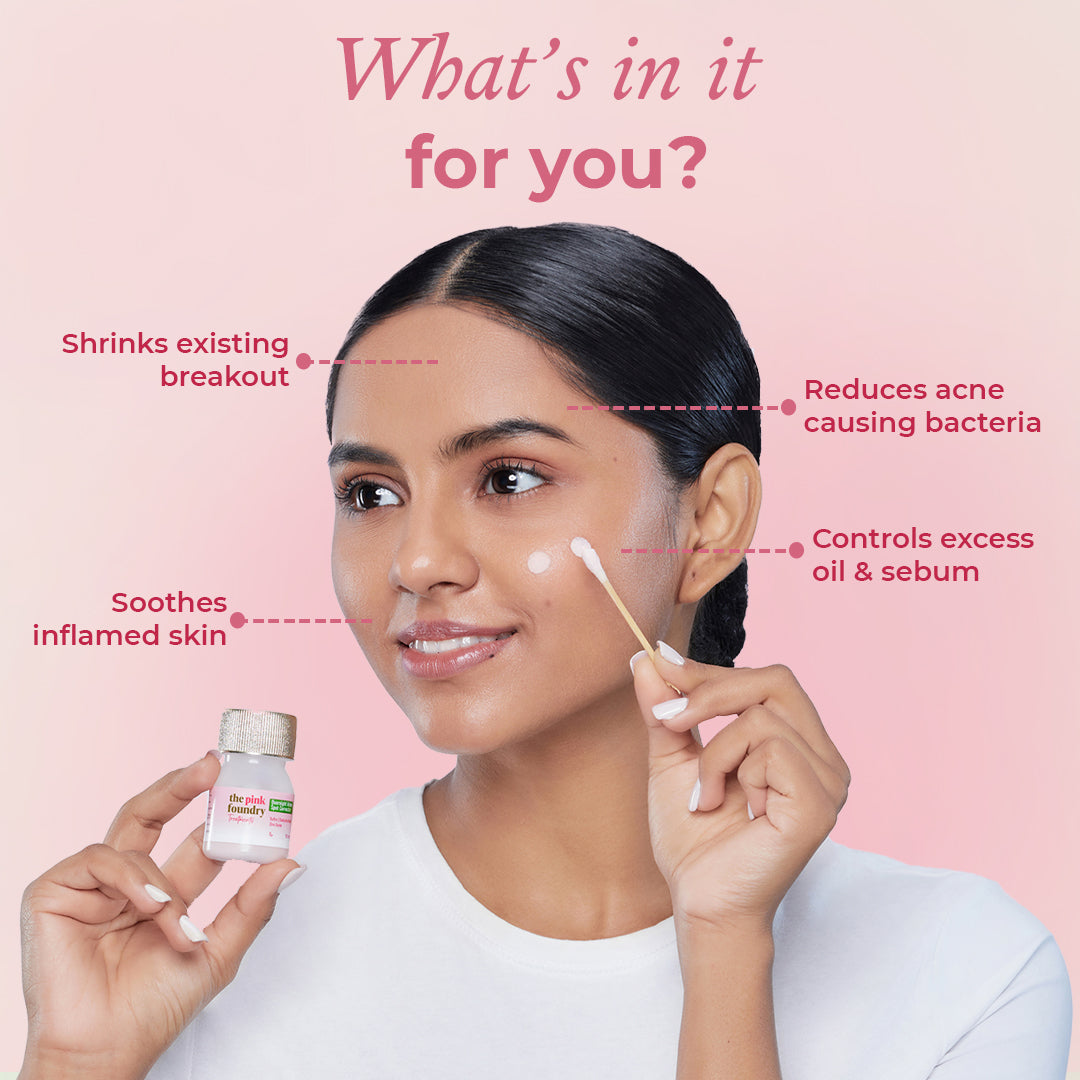

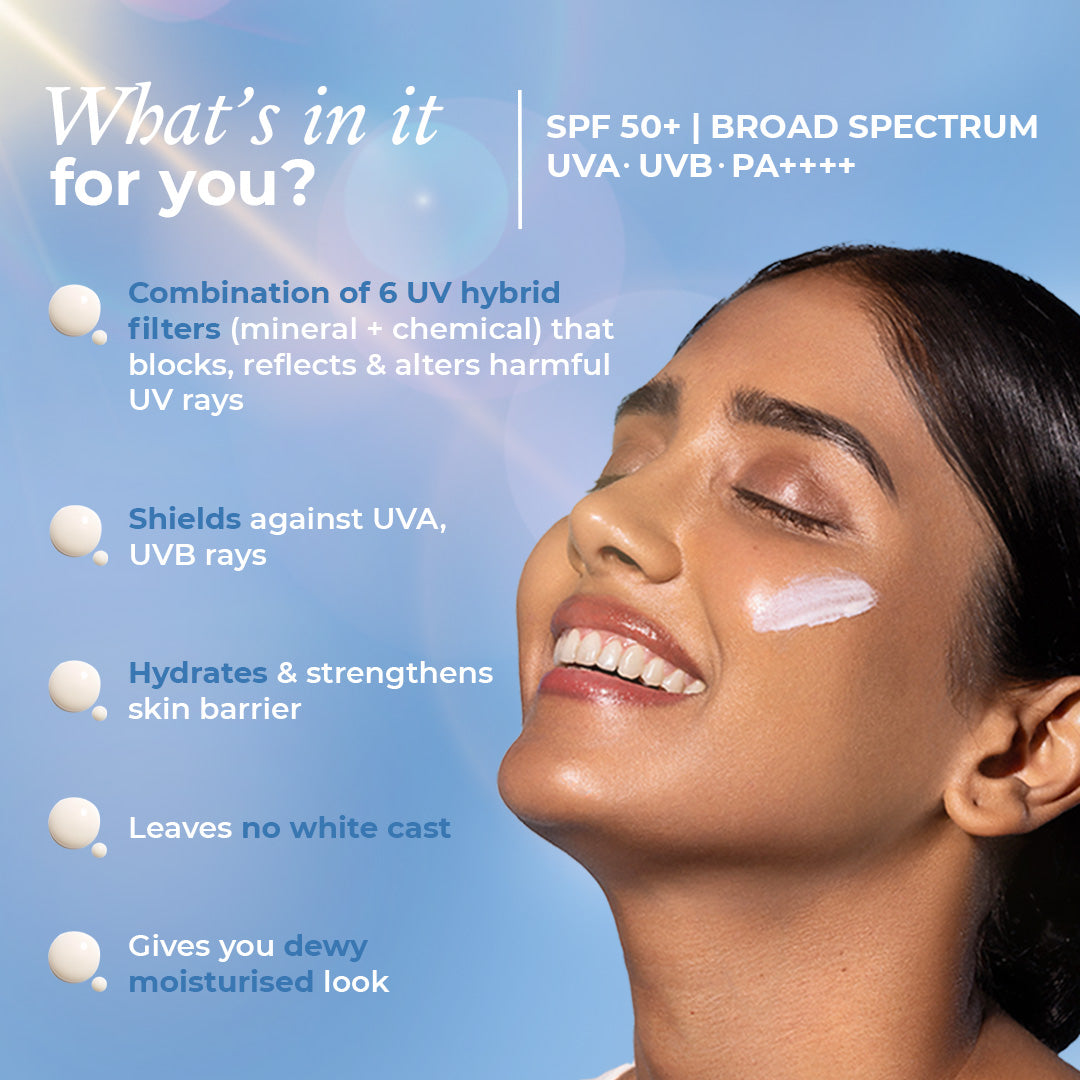
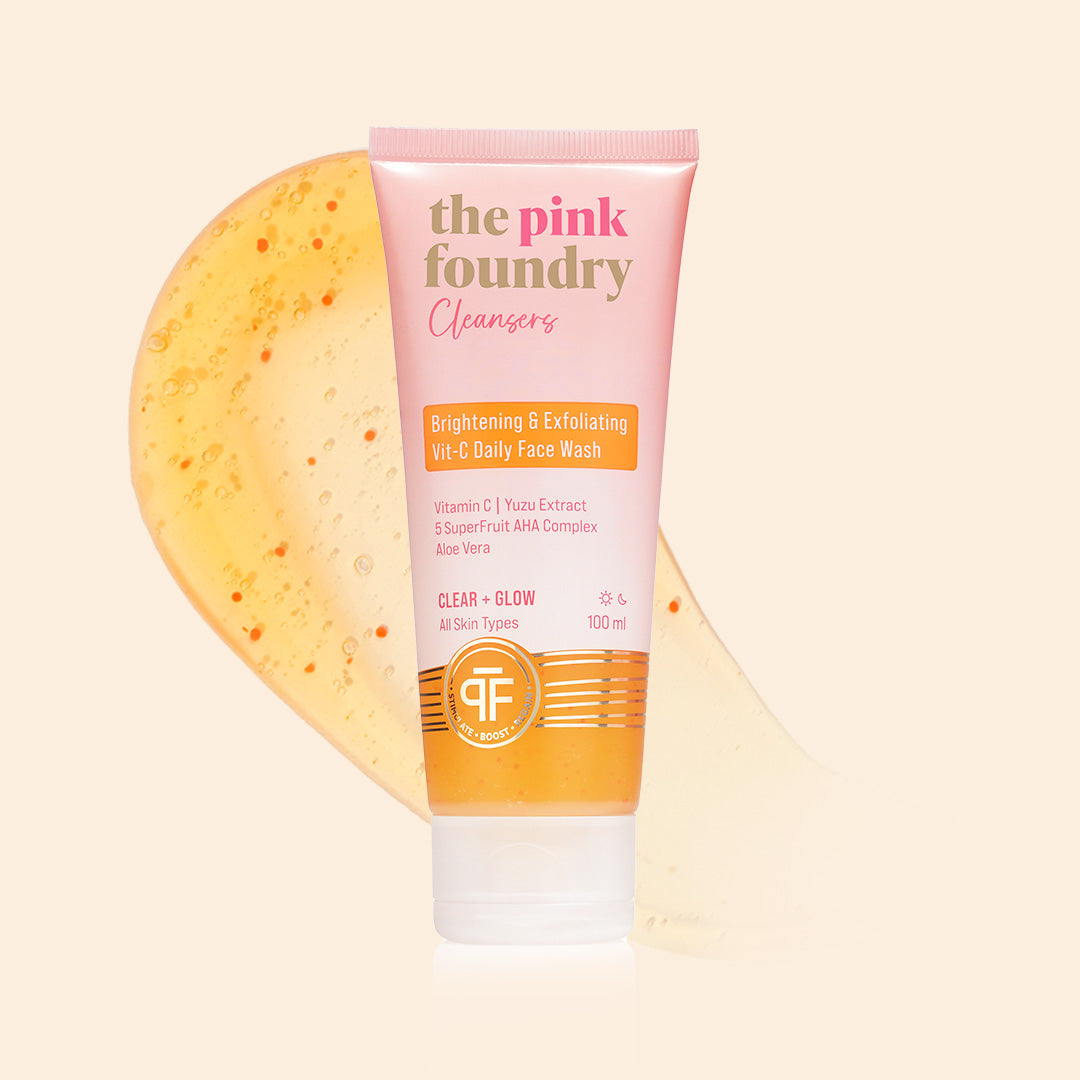

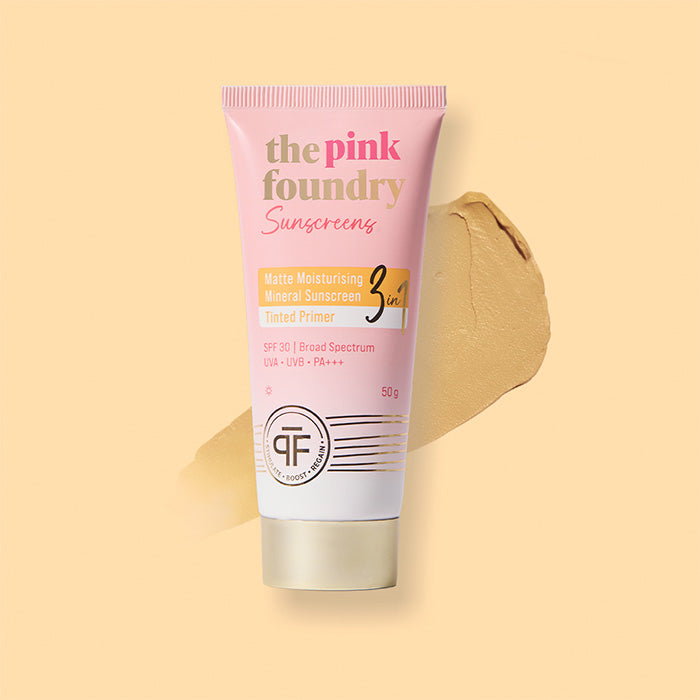

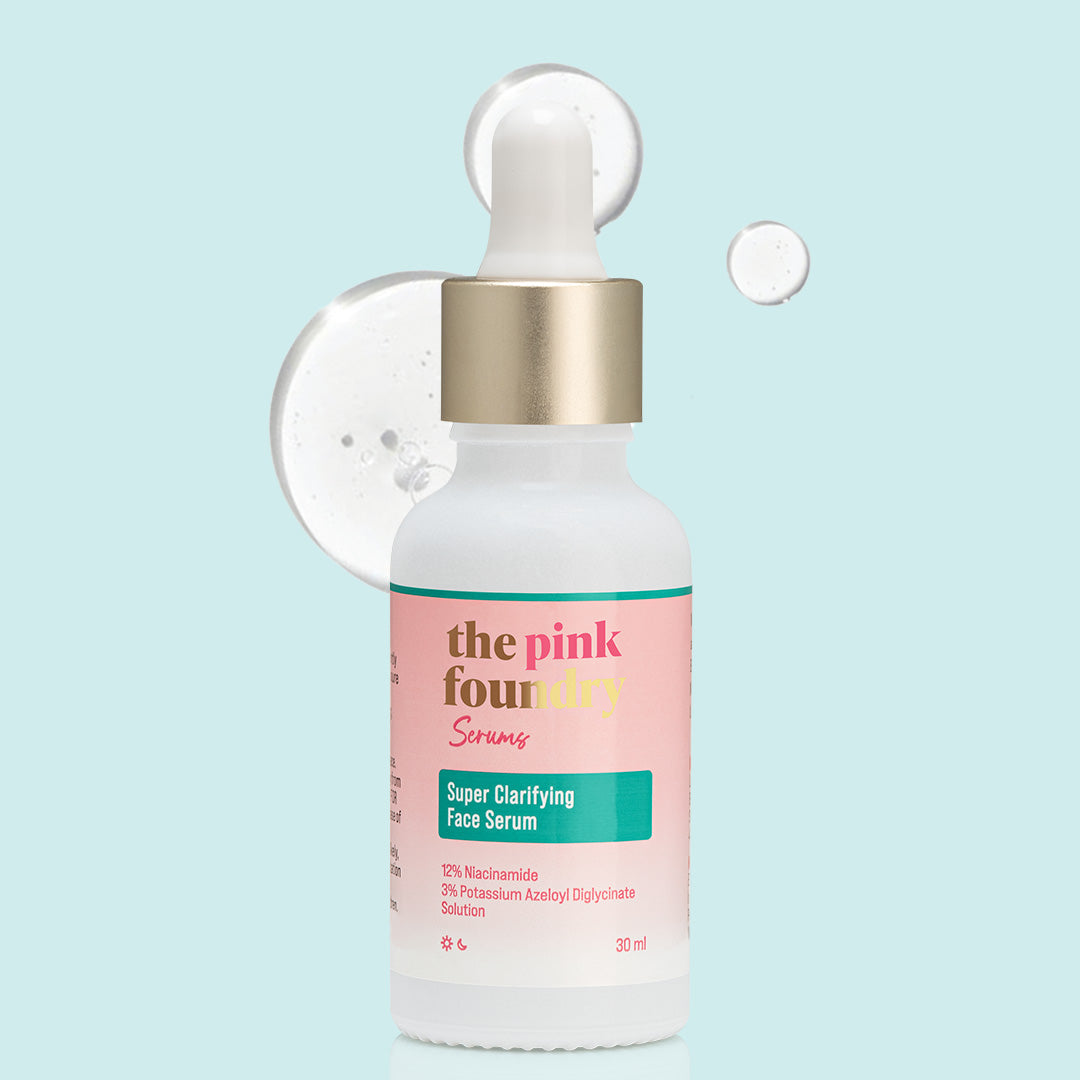
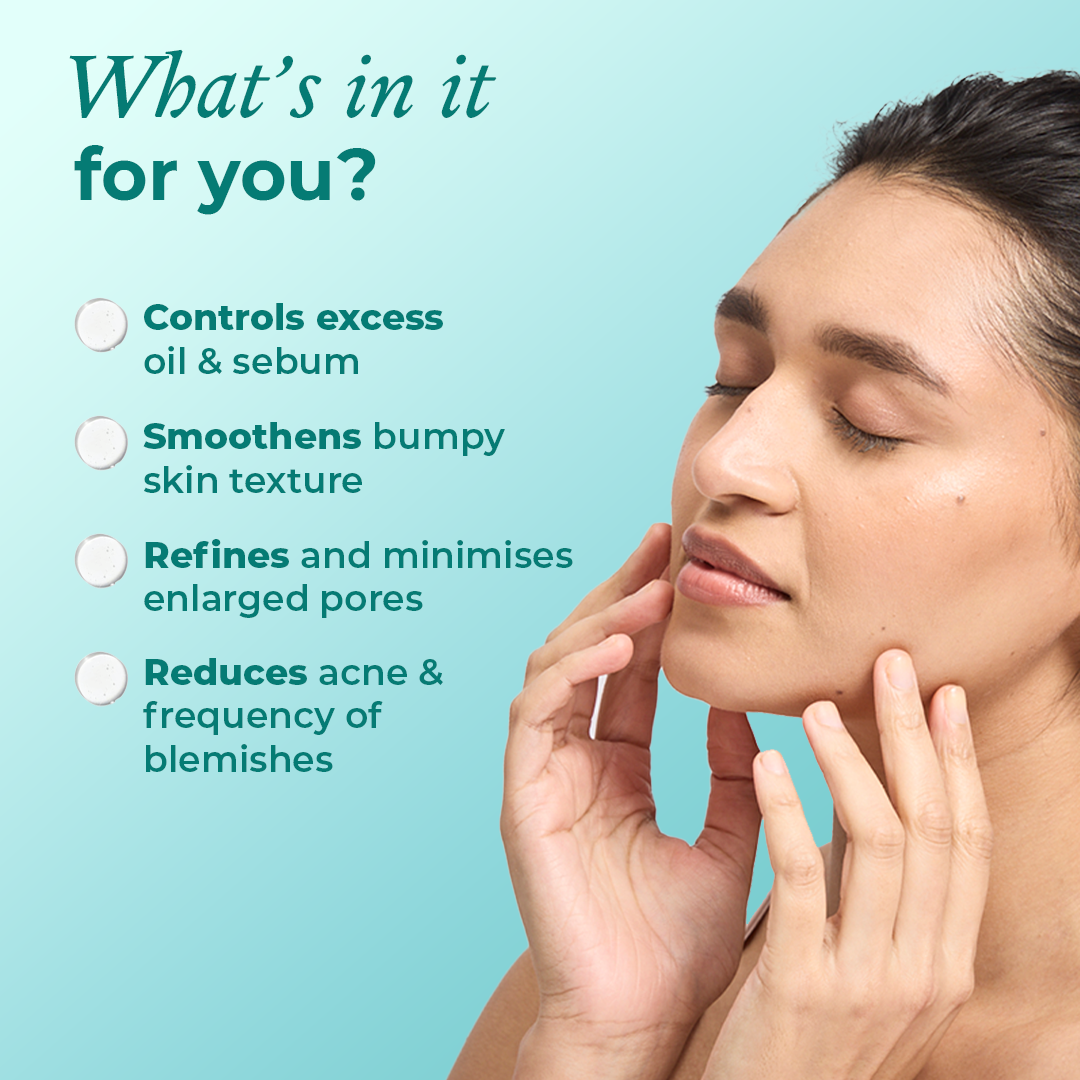

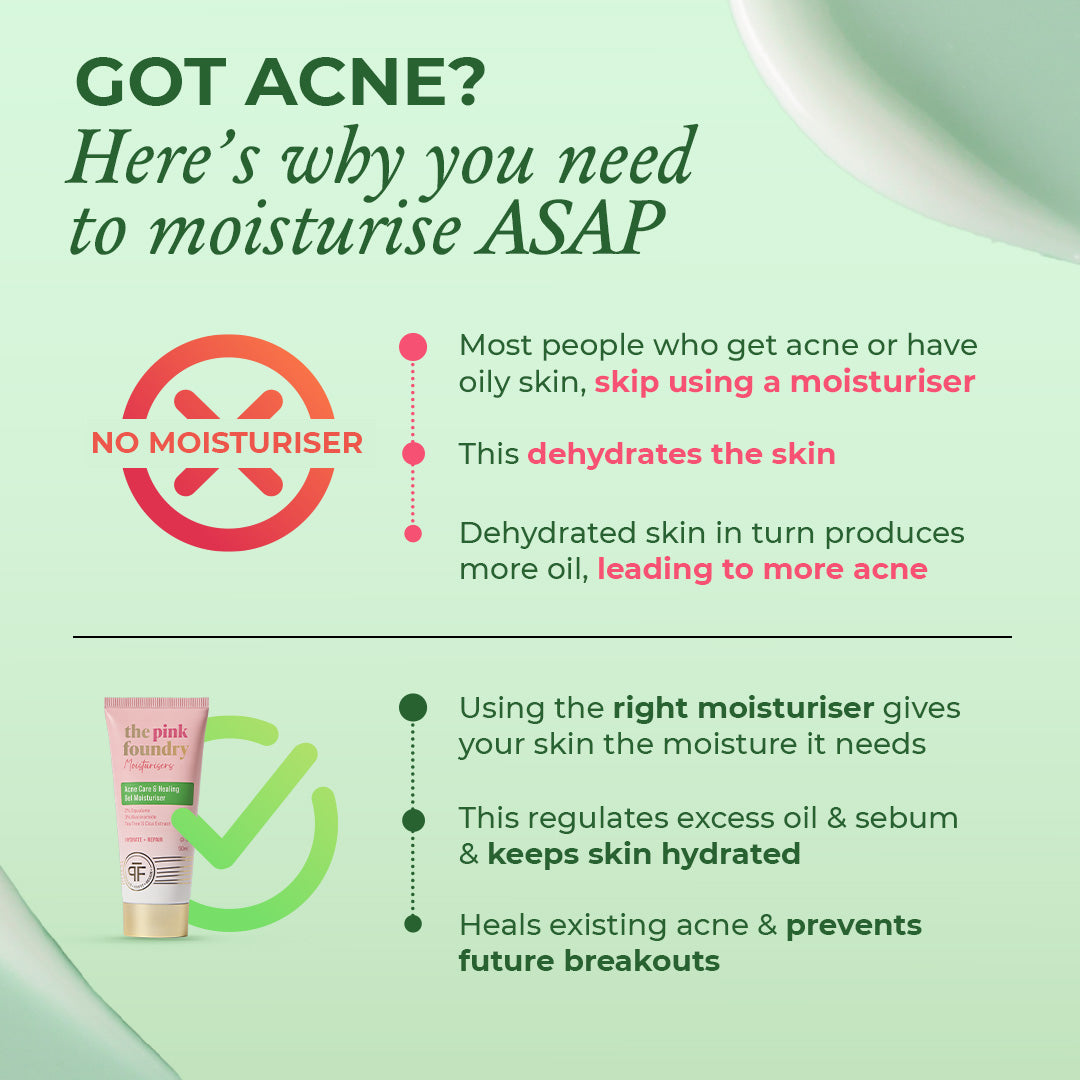
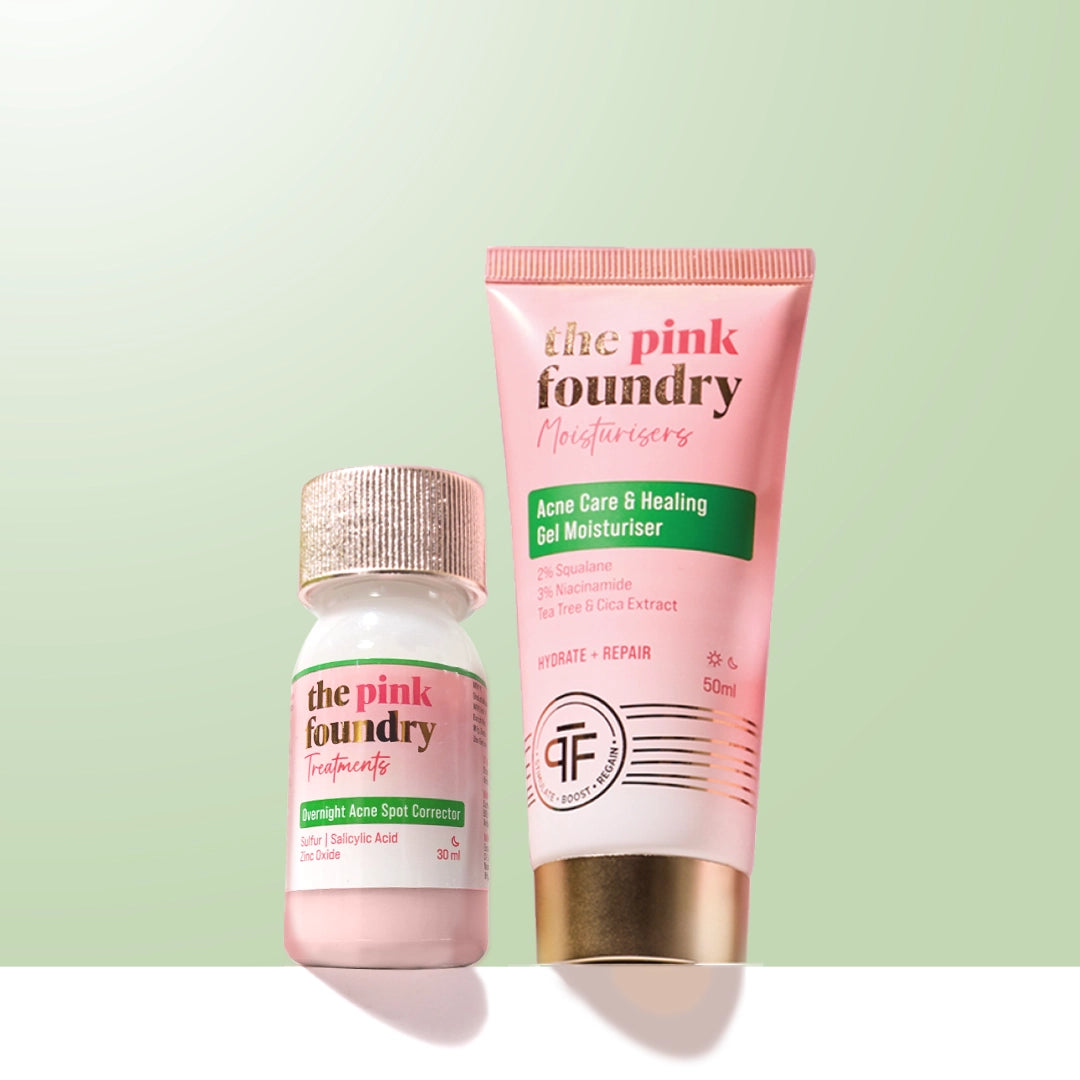
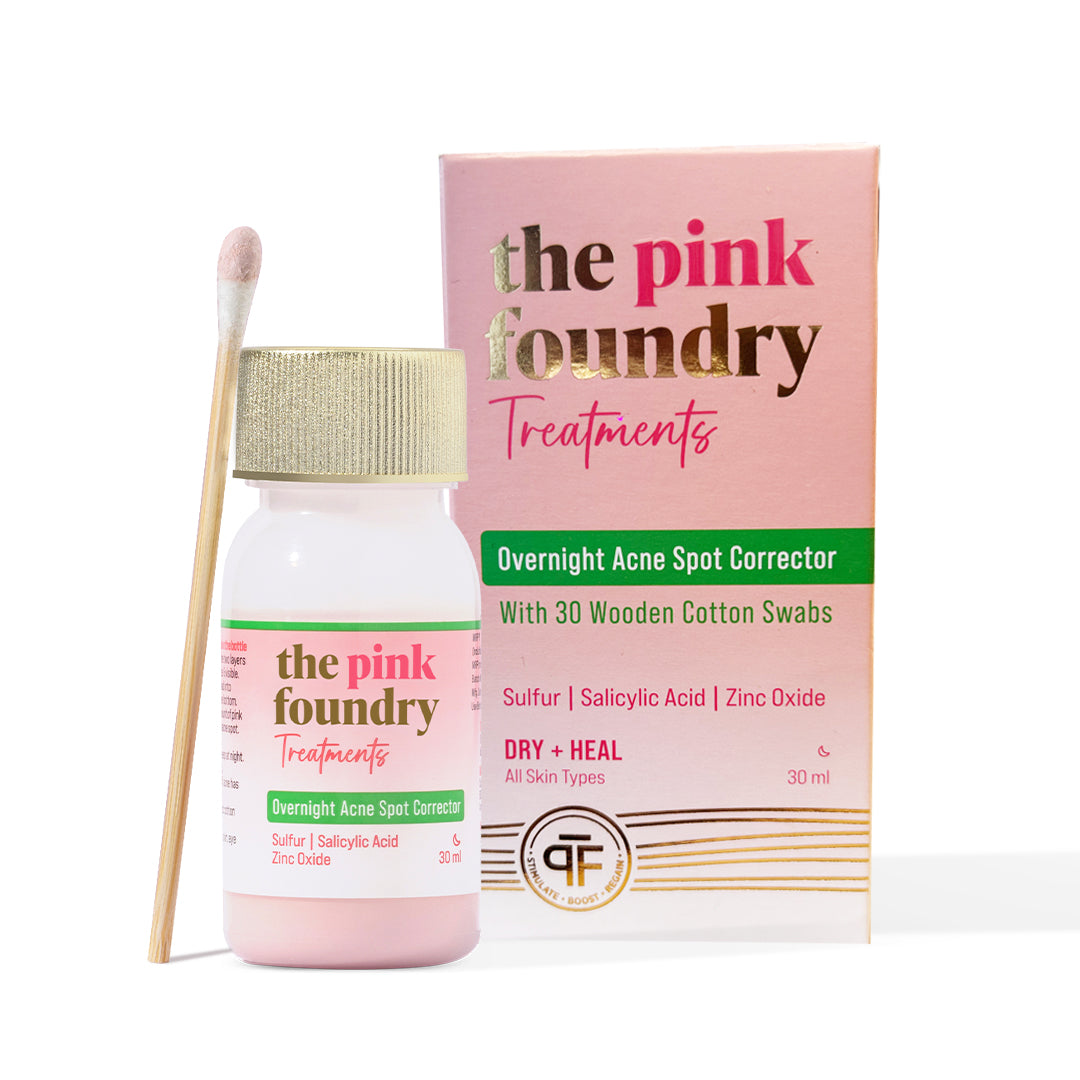
Leave a comment
This site is protected by hCaptcha and the hCaptcha Privacy Policy and Terms of Service apply.